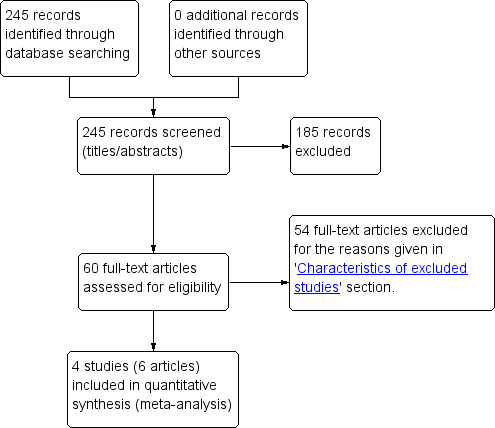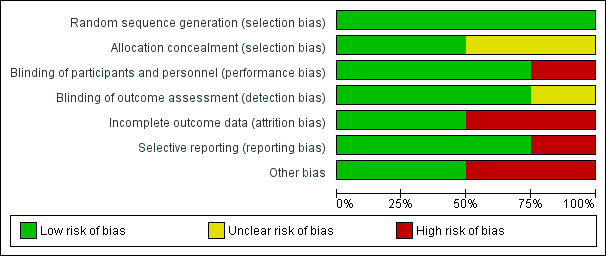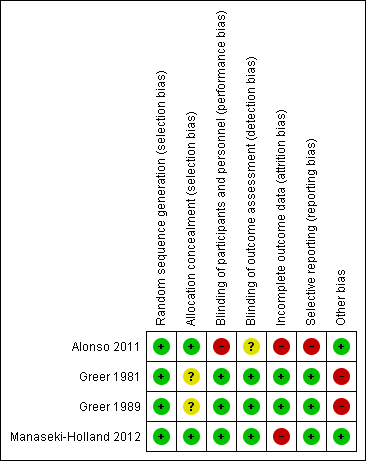Contenido relacionado
Revisiones y protocolos relacionados
Dziedzom K de Souzaa, Rebecca Thomasa, John Bradley, Clemence Leyrat, Daniel A Boakye, Joseph Okebe | 29 junio 2021
Martin M Meremikwu, Sarah Donegan, David Sinclair, Ekpereonne Esu, Chioma Oringanje | 15 febrero 2012
Charles S Wiysonge, Valantine N Ndze, Eugene J Kongnyuy, Muki S Shey | 7 septiembre 2017
Moleen Zunza, Diane M Gray, Taryn Young, Mark Cotton, Heather J Zar | 29 agosto 2017
Ami Neuberger, Joseph Okebe, Dafna Yahav, Mical Paul | 27 febrero 2016
Bianca Pluess, Frank C Tanser, Christian Lengeler, Brian L Sharp | 14 abril 2010
Gawrie NL Galappaththy, Prathap Tharyan, Richard Kirubakaran | 26 octubre 2013
Asger Sand Paludan-Müllera, Kim Boesena, Irma Klerings, Karsten Juhl Jørgensen, Klaus Munkholm | 28 abril 2020
Marta F Maia, Merav Kliner, Marty Richardson, Christian Lengeler, Sarah J Moore | 6 febrero 2018
Mwaka Athuman, Abdunoor M Kabanywanyi, Anke C Rohwer | 13 enero 2015
Respuestas clínicas Cochrane
Nai Ming Lai | 14 junio 2018












